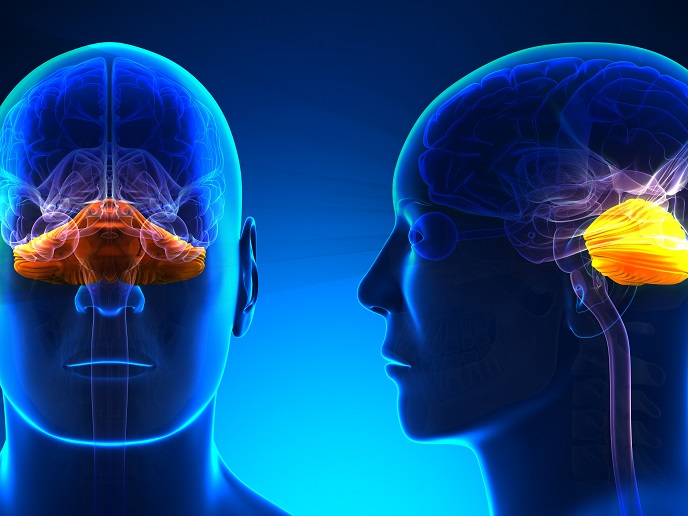Understanding brain function through invasive methods
The thalamus is a small structure that sits in the middle of the brain. It plays a critical role in relaying information, connecting for example the retina to the visual cortex. While many scientists believe that the thalamus is responsible for so much more, finding evidence of this has long been a challenge. “The thalamus is rather hard to reach,” explains DirectThalamus(opens in new window) project coordinator Tobias Staudigl from Ludwig Maximilian University of Munich(opens in new window) in Germany. “It is also not a uniform structure, with diverse parts connecting to different regions of the cortex.” This makes the human thalamus incredibly hard to analyse and measure with non-invasive methods. As a result, this region of the brain has remained something of a mystery.
Role of the thalamus in cognitive functions
This is where the DirectThalamus project comes in. Supported by the European Research Council(opens in new window), Staudigl and his team sought to apply intracranial EEG (iEEG) techniques, and to combine their findings with other sources of data. This, they hoped, would provide a much clearer picture of the role of the thalamus in cognitive functions. iEEG in humans can only be recorded as part of a medical procedure where electrodes are placed directly onto the brain to record electrical activity. The method is primarily used to pinpoint the source of seizures in individuals with epilepsy. DirectThalamus, however, makes use of electrodes that were implanted for deep brain stimulation therapy. Staudigl used this technique to directly record and stimulate thalamic activity in patients. “We were able to characterise some very basic electrophysiology in the brain, which would not have been possible otherwise,” he says. “For example, we looked at sleep rhythms. There are particular oscillations at certain stages of sleep that are thought to be generated in the thalamus, but many aspects of these rhythms are completely unknown, in particular in humans.”
Brain oscillations in the central thalamus
Staudigl and his team were able to characterise these oscillations and found evidence that some thalamic rhythms do indeed influence cortical rhythms. In other words, the thalamus appears to take the lead in situations where traditional models had assumed the cortex was in charge. “We also discovered a brain oscillation in the central thalamus that hasn’t been described before, which is very exciting,” notes Staudigl. “What is interesting is that this rhythm is there during wakefulness and rapid eye movement (REM) sleep but is not there in non-REM sleep. This is a rhythm that might connect these two states of consciousness.”
Treatment of epilepsy and other neurological disorders
The project represents a landmark in providing convincing evidence that the thalamus does more than simply relay information. Staudigl acknowledges nonetheless that there is still a lot of basic research to be done in this space. “The data is there, which now needs to be exploited and described,” he adds. “This will give us a more comprehensive view of brain science and help us to move on from our cortical-centric bias.” Staudigl is also interested in exploring the therapeutic potential of better understanding how the brain works. Identifying specific brain areas that can be manipulated might one day improve the treatment of epilepsy and other neurological disorders.







